Hi how are you? Today’s theme is Japanese food.
“Japanese cuisine” or “Washoku”is a traditional culinary art that has even been registered as a UNESCO World Heritage.
Contents
What’s the difference between Japanese cuisine(日本料理)and Washoku(和食)?
The difference between them is that Japanese cuisine is Japan’s original cuisine, while Washoku is the general Japanese cuisine including non-native cuisine (e.g., curry, pasta, spaghetti, ramen, etc., whose flavors are tailored to Japanese tastes, unlike those of the local country).
Let me elaborate a bit more that Japanese food culture includes various types such as Honzen Ryori, Kaiseki Ryori(懐石料理, Kaiseki Ryori(会席料理), two of which are homophone, and Shojin Ryori.
These dishes each have their own history and characteristics, continuing to influence Japanese food culture today.
First, Honzen Ryori: The basic form of honzen cuisine is called Ichiju sansai (meal consisting of soup, rice and three dishes (esp. dish of sliced raw fish and sliced vegetalbes in venegar, cooked dish and grilled fish as below photo,)

Although Honzen Ryori declined after the Meiji era(1868〜1912), it can still be found in some traditional Japanese restaurants and ceremonial events.
Kaiseki Ryori(懐石料理): Developed during the Azuchi-Momoyama period(1568~1600)、it is said to have evolved from the simple meals eaten by monks during their ascetic training.
The monks would eat once a day in the morning, and if they felt hungry afterwards, they would carry a warm stone in their bosom to keep themselves warm.
This once-a-day meal, like the stones, had the same warming effect on the body, giving rise to the name “kaiseki ryori” to describe the meals eaten by ascetic monks.
Later, the tea master Sen-no-Rikyu modified the form of kaiseki ryori to make it more accessible to the general public, and it is still used today.
It emphasizes the Wabi-Sabi aesthetic, showcasing the beauty of seasonal ingredients and their natural flavors.
Kaiseki Ryori(会席料理)): A simplified version of Honzen Ryori, Kaiseki Ryori is a festive meal enjoyed with sake.
While visually appealing, it differs from Honzen Ryori and Kaiseki Ryori in content.
Kaiseki Ryori values seasonal ingredients but may include richer flavors and fried items.
Currently, Kaiseki Ryori is the mainstream of Japanese cuisine, commonly seen in hotel courses, traditional Japanese restaurants, and kaiseki establishments.
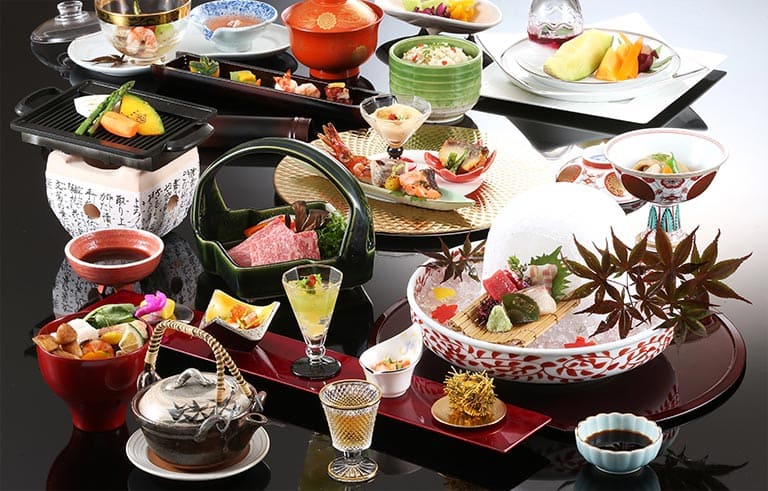
Shojin Ryori: Based on Buddhist teachings, Shojin Ryori is a simple, plant-based meal that avoids meat and fish.
Introduced to Japan along with Buddhism, it has been traditionally consumed in temples and shrines.
Shojin Ryori places emphasis on the presentation of ingredients’ colors and shapes and follows the principles of the “Five Tastes, Five Colors, and Five Cooking Methods.
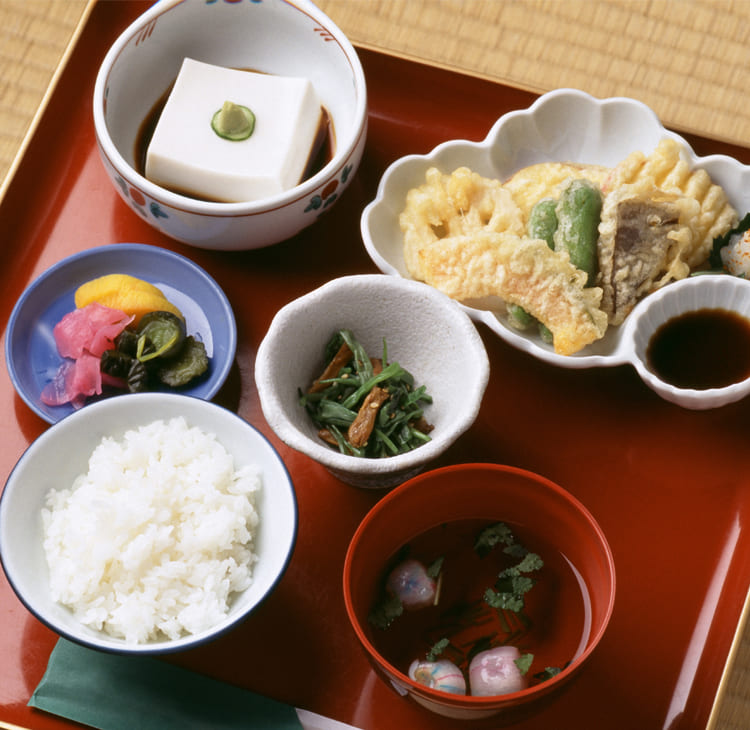
These explanations provide an overview of Japanese cuisine types and their history. These dishes continue to be deeply rooted in Japanese food culture, each possessing unique characteristics and charm. If you are interested in Japanese cuisine, be sure to give them a try!
When it comes to representative Japanese cuisine, there are various types, but here we introduce 10 dishes
Sushi (すし): A traditional Japanese dish that combines rice and seafood, sushi is globally famous. There are various types such as Nigiri sushi, Maki sushi, and pressed sushi.

Tempura (てんぷら): A Japanese dish where seafood, vegetables, and meat are coated in wheat flour batter and deep-fried. It is seasoned with tempura sauce or salt.
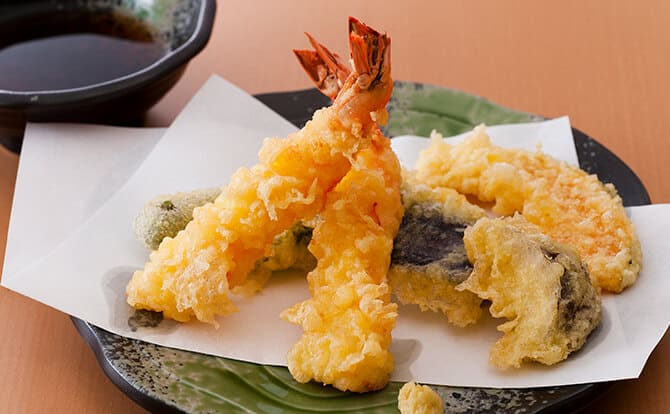
Soba (そば): A noodle dish made from buckwheat flour. There are various types, including Zaru soba, Kake soba, and Tempura soba.
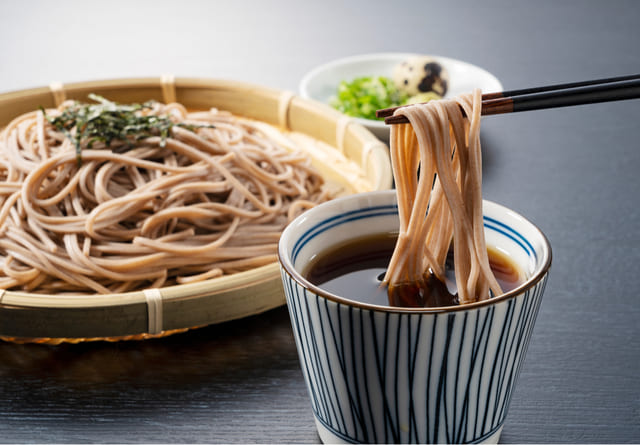
Udon (うどん): A noodle dish made by kneading wheat flour into a noodle shape. Varieties include Kake udon, Kama tamago udon, and Niku udon.

Unagi (うなぎ): Eel dishes such as “Unadon,” “Unadju,” and “Hitsumabushi,” where grilled eel is served over rice. Eel is believed to have invigorating and nourishing effects.
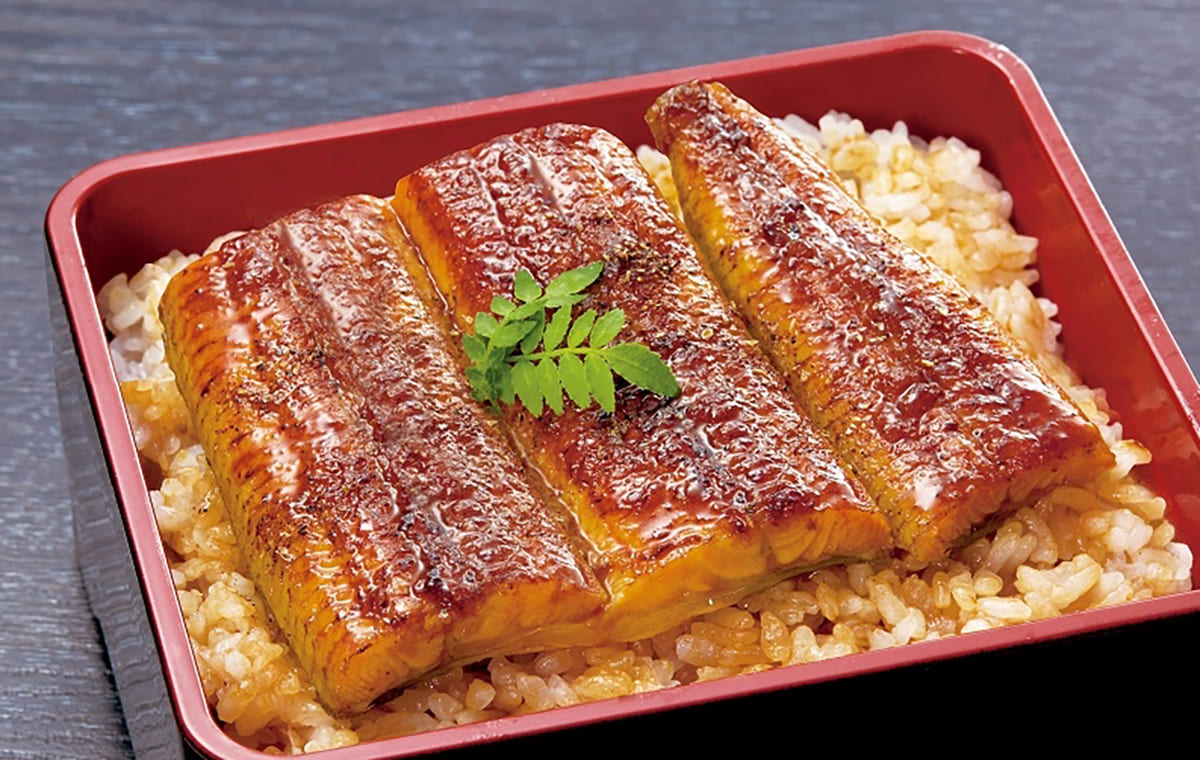
Sukiyaki (すき焼き): A dish where beef, vegetables, tofu, and other ingredients are simmered in a pot and eaten with a sweet and savory sauce, often dipped in raw egg.

Shabu-shabu (しゃぶしゃぶ): A dish where thin slices of beef or pork, along with vegetables, are swirled in a pot and eaten with dipping sauces like sesame or ponzu.

Oden (おでん): A dish made by simmering ingredients like daikon radish, konjac, and eggs in a broth. It’s a popular winter dish and is often enjoyed with sake.
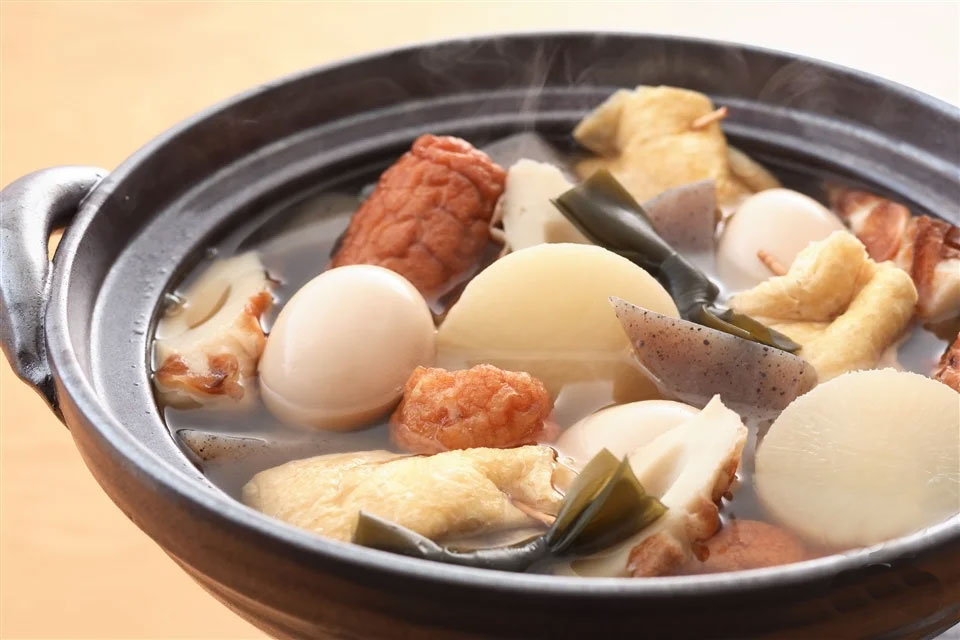
Okonomiyaki (お好み焼き): A savory pancake made with wheat flour batter, cabbage, and various ingredients like meat. It is topped with sauce, mayonnaise, and seaweed.

Takoyaki (たこ焼き): Ball-shaped snacks made from wheat flour batter with octopus and green onions. They are often topped with sauce, mayonnaise, and bonito flakes.
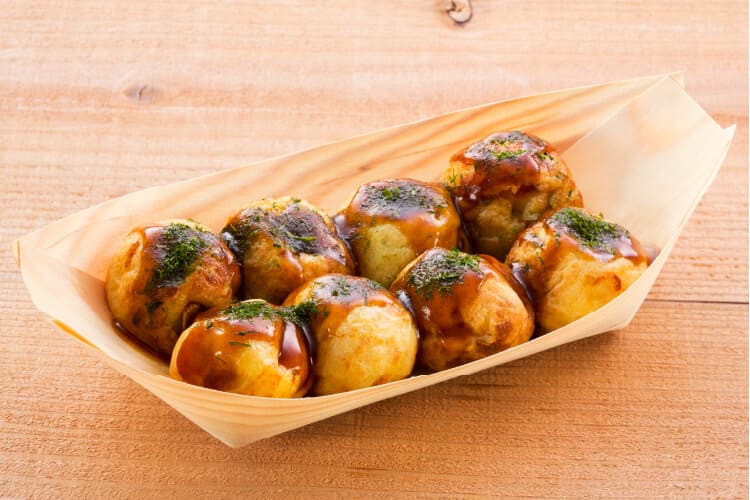
These are some representative Japanese dishes. There are many more Japanese cuisines, so please try them out!”

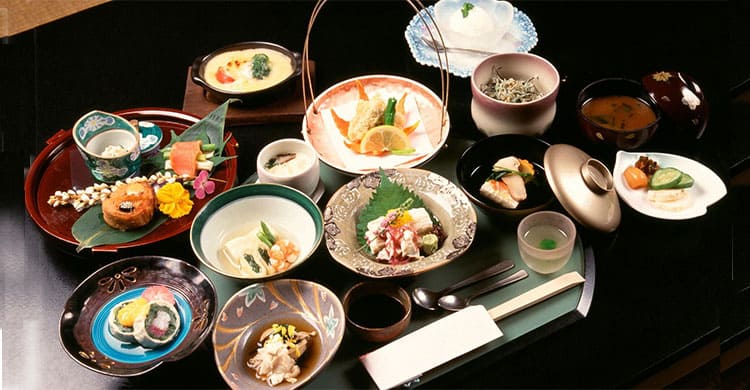
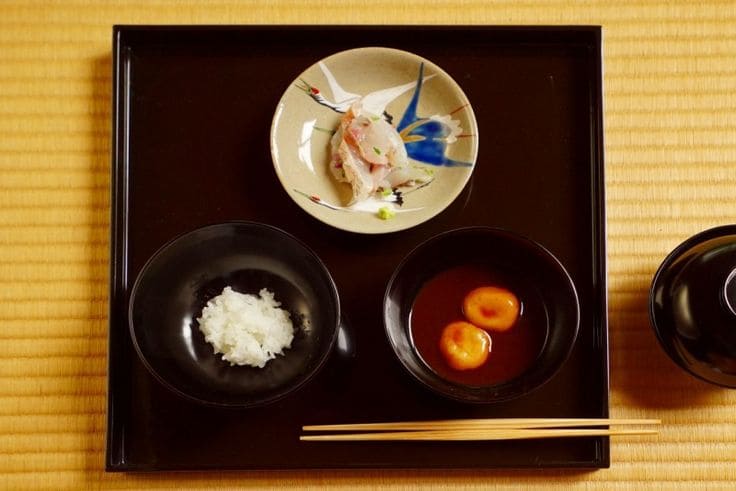






Leave a Comment